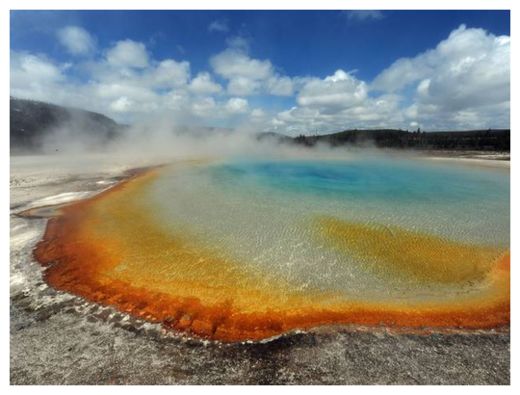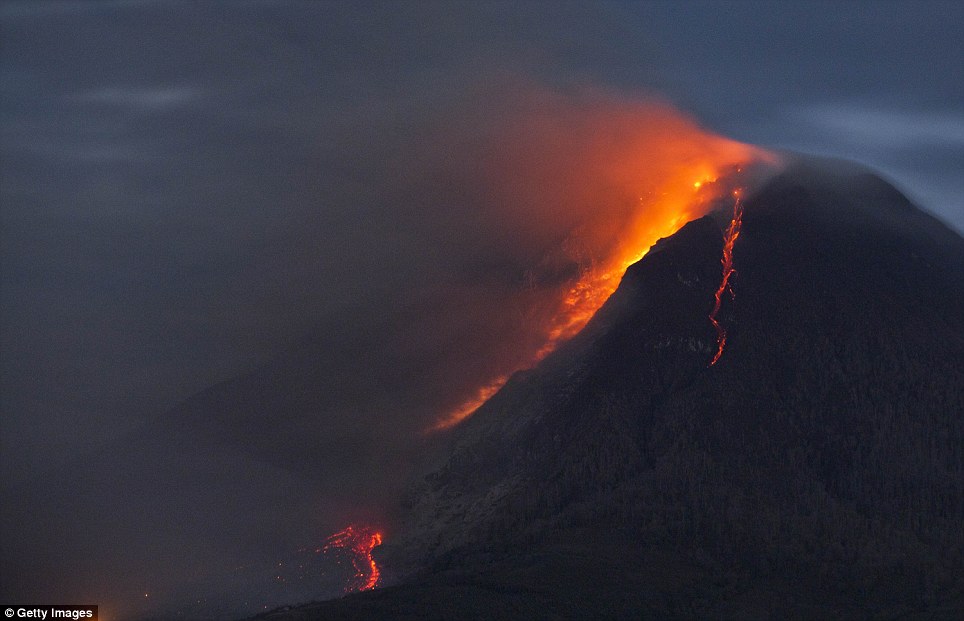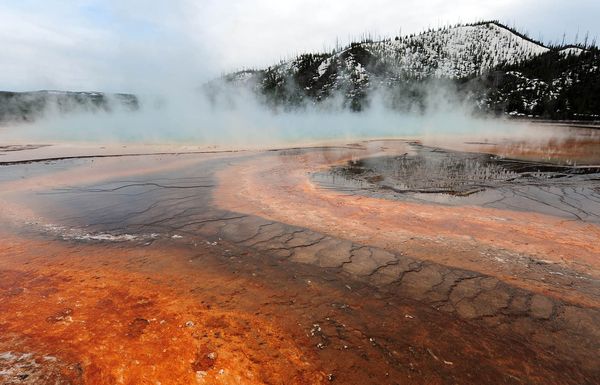
© The Independent, UKScientists have analysed the molten rock within the dormant supervolcano beneath Yellowstone National Park and found that eruption is possible without any external trigger
The eruption of a "supervolcano" hundreds of times more powerful than conventional volcanoes - with the potential to wipe out civilisation as we know it - is more likely than previously thought, a study has found.
An analysis of the molten rock within the dormant supervolcano beneath Yellowstone National Park in the United States has revealed that an eruption is possible without any external trigger, scientists said.
Scientists previously believed many supervolcanic eruptions needed earthquakes to break open the Earth's crust so magma could escape. But new research suggests that this can happen as a result of the build-up of pressure.
Supervolcanoes represent the second most globally cataclysmic event - next to an asteroid strike - and they have been responsible in the past for mass extinctions, long-term changes to the climate and shorter-term "volcanic winters" caused by volcanic ash cutting out the sunlight.
The last known supervolcanic eruption was believed to have occurred about 70,000 years ago at the site today of Lake Toba in Sumatra, Indonesia. It caused a volcanic winter that blocked out the sun for between six to eight years, and resulted in a period of global cooling lasting a thousand years.
A supervolcano under Yellowstone Park in Wyoming last erupted about 600,000 years ago, sending more than 1,000 cubic kilometres of ash and lava into the atmosphere - about 100 times more than the Mount Pinatubo eruption in the Philippines in 1982, which caused a noticeable period of global cooling.




Comment: Video of the 2011 underwater volcanic eruption courtesy of ITN: